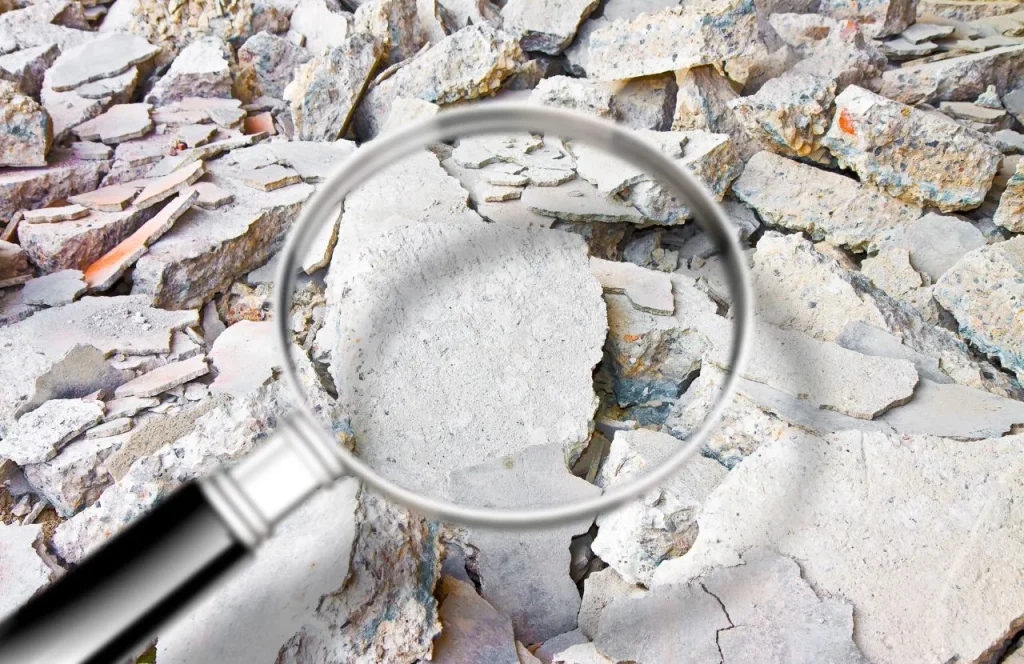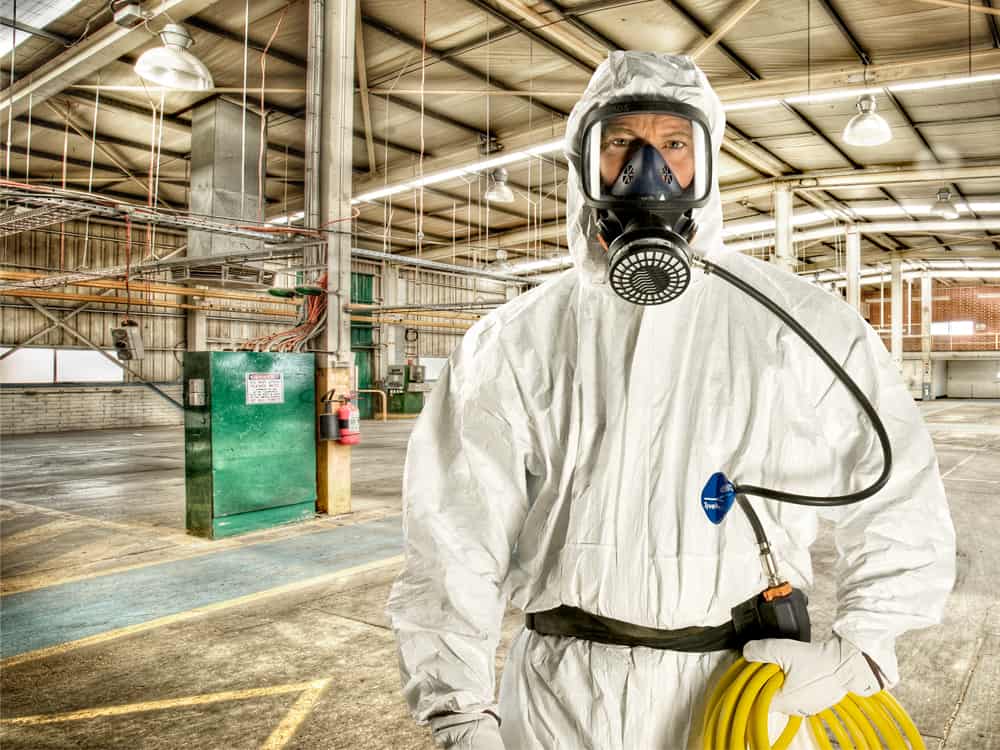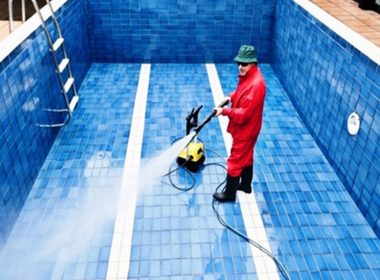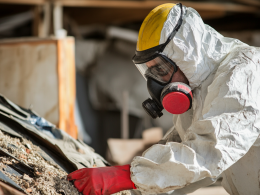Asbestos, once widely used in construction and industrial settings, is now known for its serious health risks. Prolonged exposure to fibres can lead to respiratory illnesses such as asbestosis, lung cancer, and mesothelioma. Despite its dangers, asbestos is still present in many older buildings, including workplaces.
Ensuring a safe environment where harmful materials may be present is crucial for the health and safety of employees. This blog provides essential steps to maintain a safe workplace environment when dealing with this toxic chemical.
Identify the Presence of Asbestos
The first step to ensuring a safe workplace is to determine whether asbestos is present. It was commonly used in insulation, roofing materials, ceiling tiles, flooring, and other construction materials before the 1980s. If your building was constructed before then, it is essential to conduct a survey.
A professional inspector or an environmental consultant, like the ones at Alberta Safety & Environmental Service (https://aseservices.com/asbestos-testing-removal/) can assess your workplace and identify areas where fibres are present. Once identified, they will categorize the materials based on their condition and potential risk. It’s important to avoid disturbing potential fibres until a professional assessment is completed, as this can release dangerous fibres into the air.
Develop an Asbestos Management Plan

If asbestos is found in your workplace, developing a management plan is a critical next step. This will outline how to handle and monitor the materials to minimize the risk of exposure. It should include the following elements:
- Identification and Location: A detailed record of where asbestos is located within the building.
- Condition Monitoring: Regular inspections to ensure the asbestos-containing materials remain in good condition and do not pose a threat.
- Risk Assessment: A comprehensive evaluation of the level of risk posed by the asbestos materials, including any necessary containment or removal.
- Employee Communication: Ensuring all employees are informed about the presence of asbestos and the precautions in place.
This type of management plan helps maintain control over ACMs and ensures that your workplace follows regulatory guidelines. This is crucial in industries with occupational health and safety standards, where failing to manage risks could lead to fines or legal liabilities.
Training and Awareness for Employees
Educating employees about the dangers of asbestos and how to work safely around it is key to maintaining a safe work environment. Workers who may come into contact with it, such as those in maintenance, construction, or renovation roles, should receive specialized training on safety.
Training should cover:
- The health risks associated with asbestos exposure.
- How to recognize asbestos-containing materials.
- Procedures for reporting damaged or deteriorating materials.
- Safe work practices to avoid disturbing asbestos.
It is also essential to make employees aware of the management plan and the steps the company is taking to ensure their safety. Keeping open lines of communication and providing periodic refresher training can help prevent accidental exposure.
Engage Licensed Asbestos Professionals for Removal or Repair

If the asbestos-containing materials in your workplace are in poor condition or pose a risk of exposure, they may need to be repaired or removed. However, asbestos removal is not a DIY task—it requires specialized equipment and techniques to prevent the release of hazardous fibres.
Only licensed asbestos abatement professionals, like the team at Alberta Safety & Environmental Services, should handle removal or encapsulation. These experts are trained in safe handling, removal, and disposal procedures, ensuring that fibres are dealt with properly without putting workers or the environment at risk.
Depending on the situation, your plan may recommend encapsulation (sealing the material), enclosure (isolating the material), or complete removal. Removal is often the best option when materials are damaged and cannot be safely repaired.
Implement Regular Monitoring and Inspections
Even after asbestos has been safely managed or removed, regular monitoring is essential to ensure that no new risks arise. Your management plan should include scheduled inspections to assess the condition of any remaining ACMs. Monitoring equipment, such as air quality testing tools, may also be necessary to check for fibres in the air.
In addition, if any renovations or repairs are going to happen in the workplace, your plan should be revisited to ensure that workers and building occupants are not exposed during construction activities.
Partner with Experts in Asbestos Removal
Ensuring a safe workplace when asbestos is present requires a proactive approach, starting with identifying the presence, developing a management plan, and training employees. By working with licensed professionals for any handling or removal and maintaining ongoing monitoring, you can minimize the risks associated with exposure and create a safer environment for everyone.
Taking these steps not only protects the health and well-being of your employees but also helps your company meet regulatory requirements and avoid potential legal consequences.











